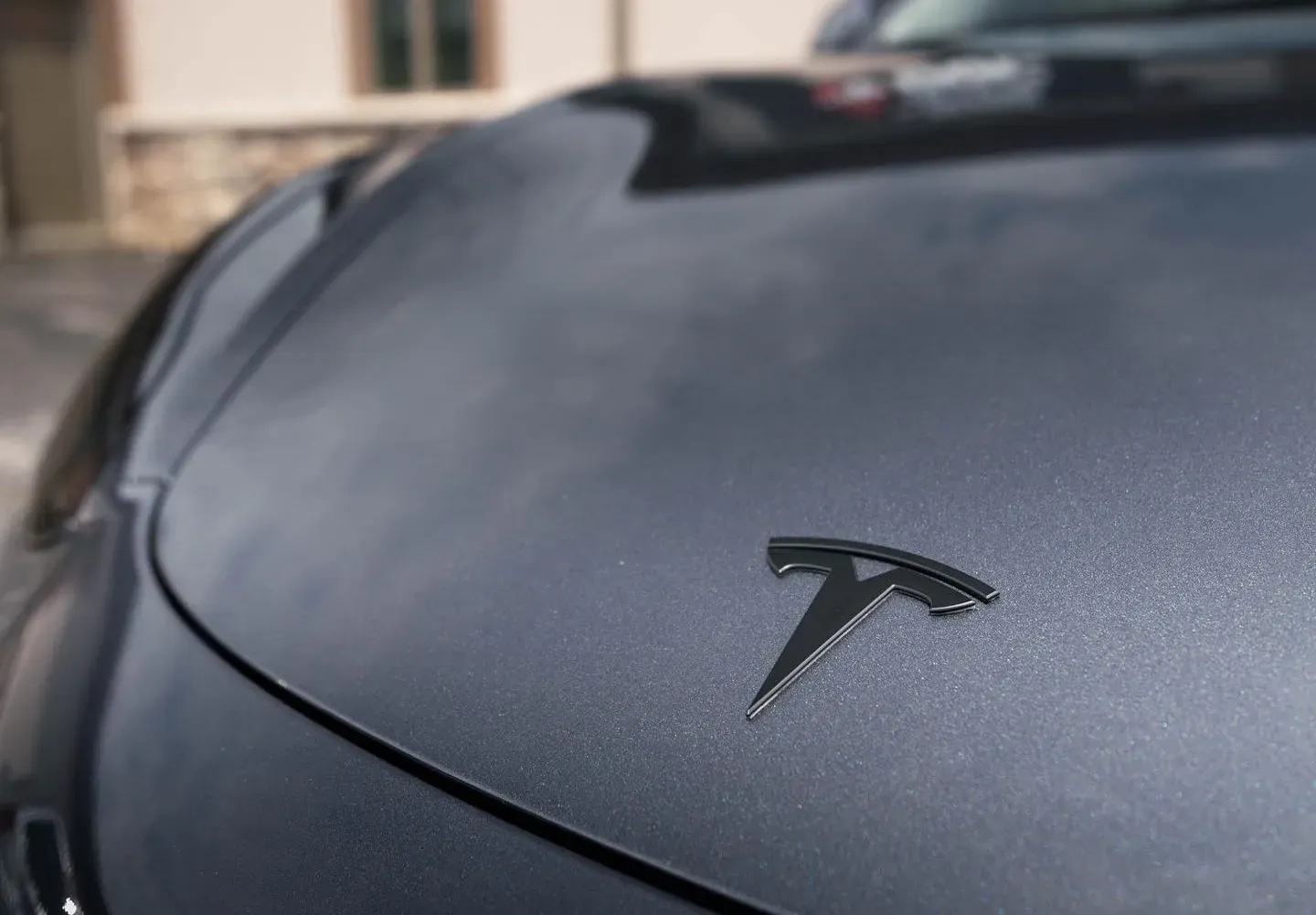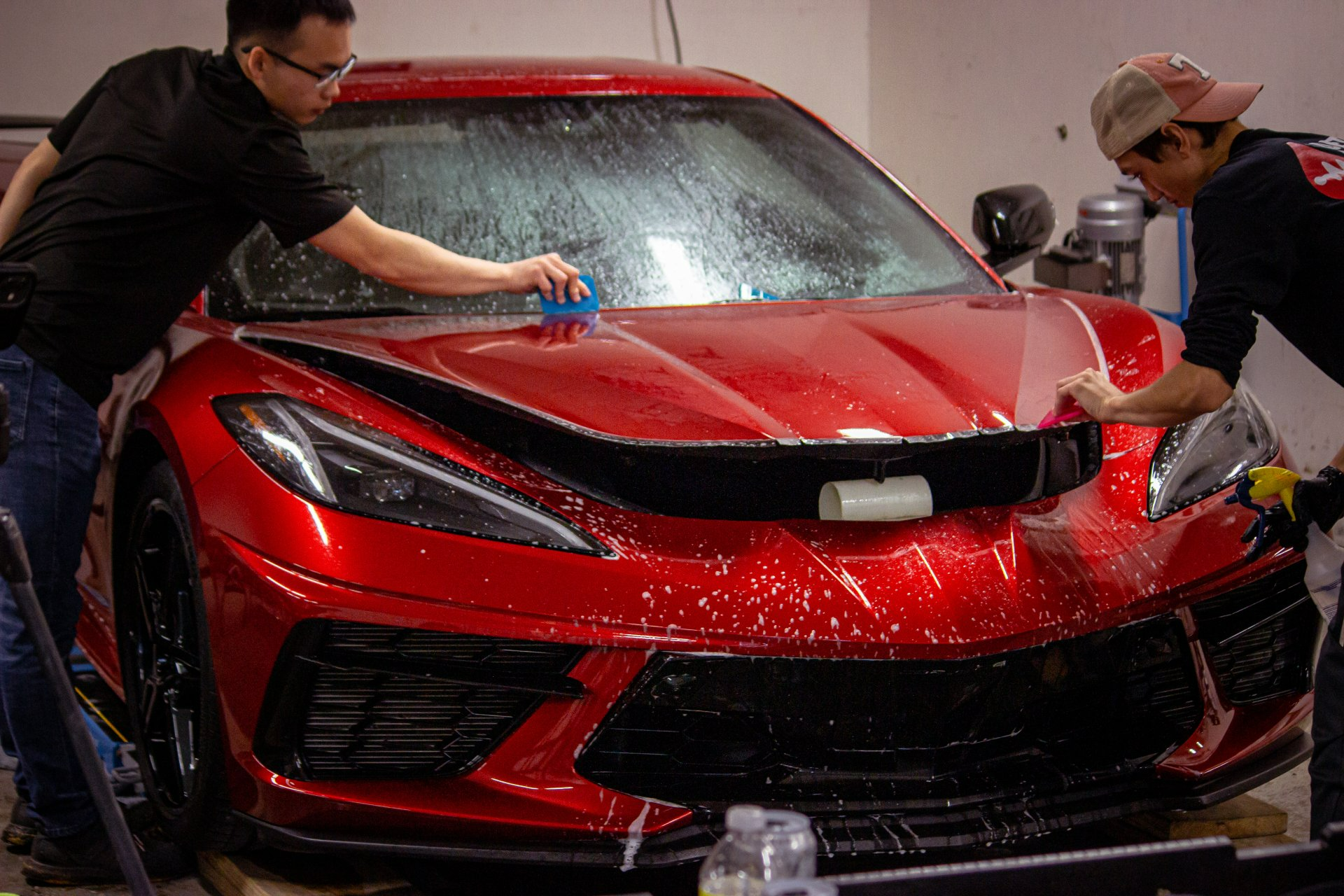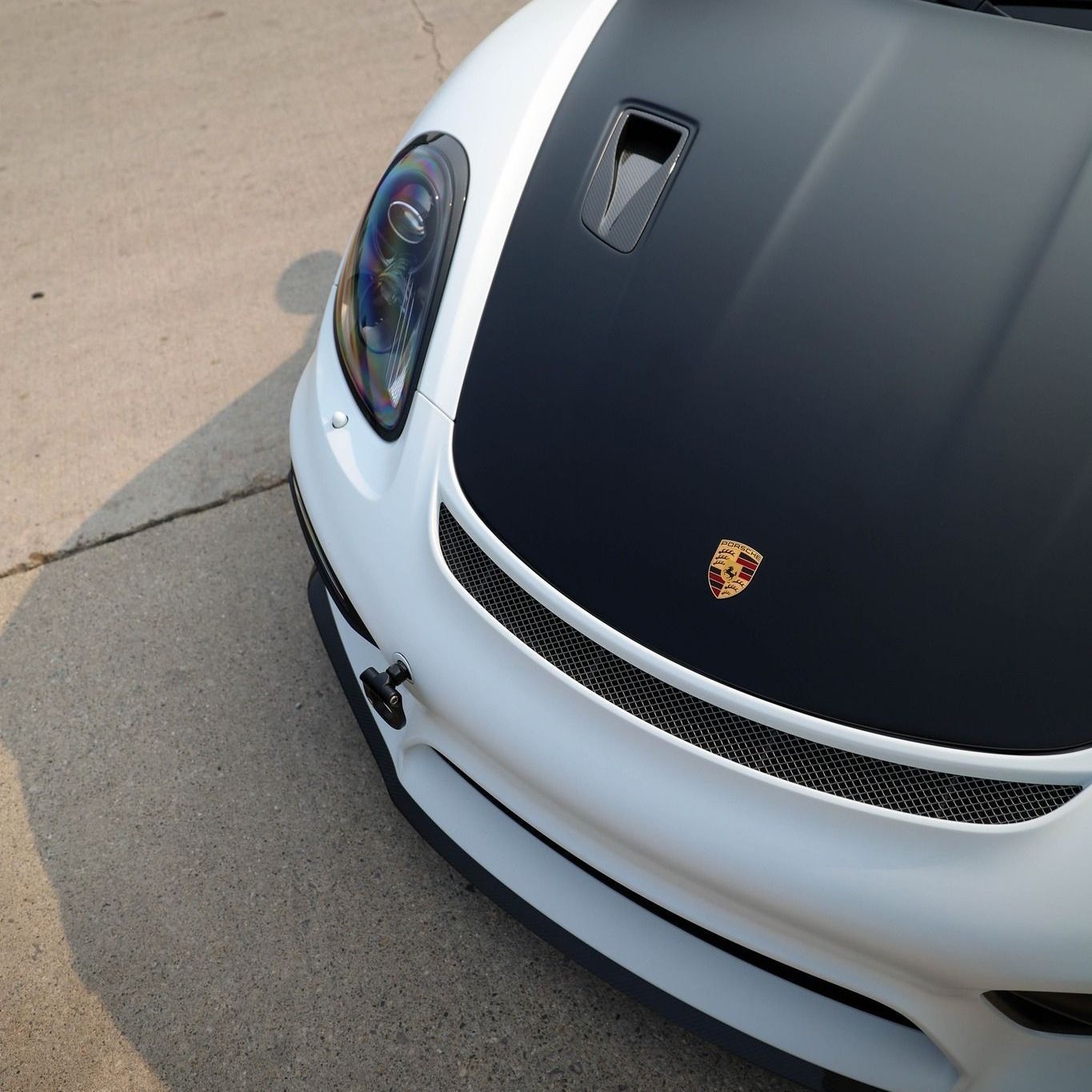The Detail Doc Blog
The Benefits of Self-Healing Paint Protection Film: Enhancing Automotive Durability
(989) 244-0505 GET SCHEDULED NOWSelf-healing paint protection film is like invisible armor for your vehicle. This amazing technology shields your car from scratches, stone chips, and environmental impacts that degrade its aesthetic value over time. What makes it unique is its 'self-healing' ability - when minor scuffs occur, heat allows the film to revert back to its flawless state. Spend less time worrying about touch-ups and more time enjoying your shiny, well-protected vehicle. It paves the way for scratch-free travel.
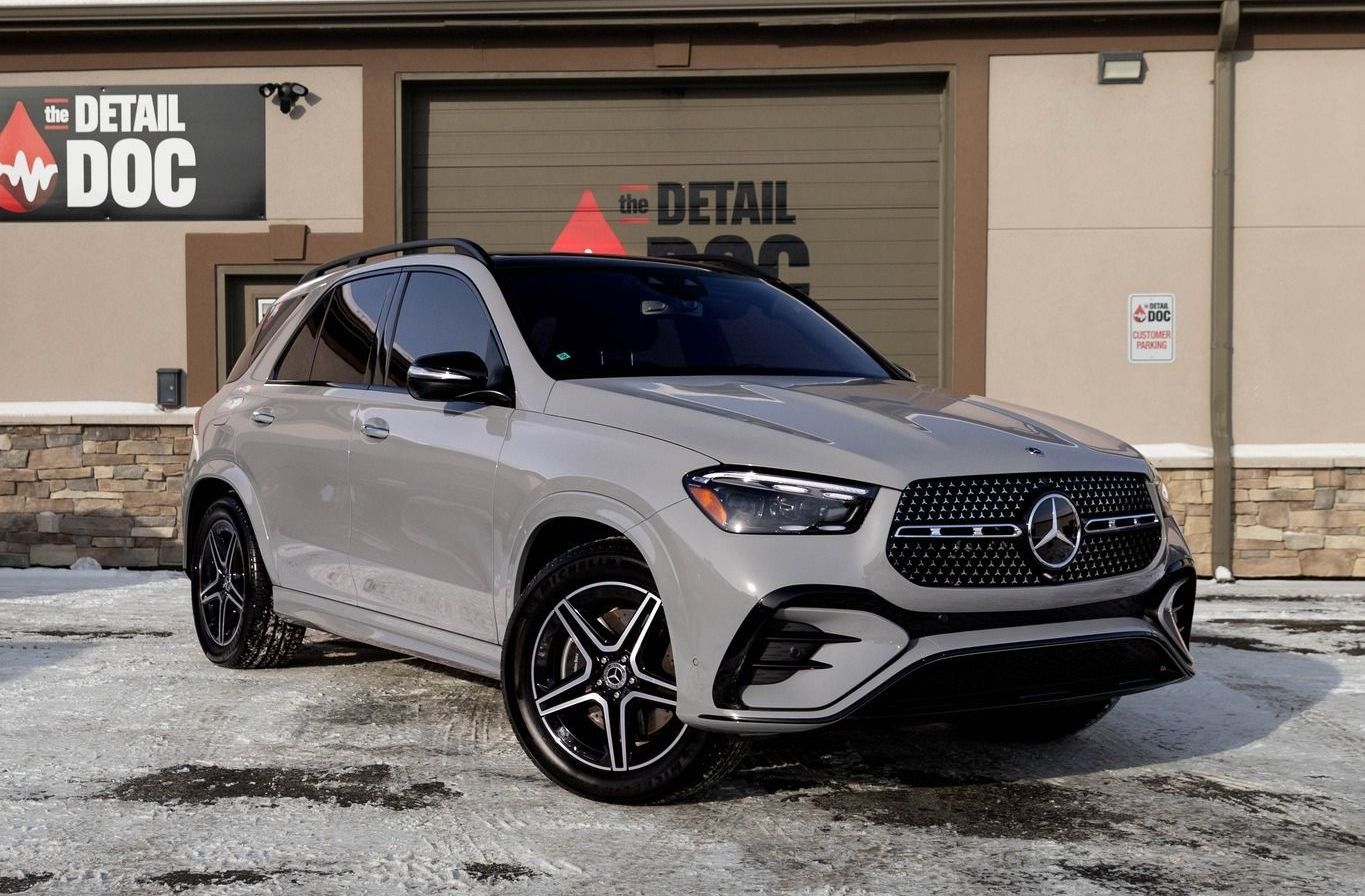
What Is Self-Healing Paint Protection Film?
Self-healing paint protection film (PPF) seems almost like a wonder product for vehicle enthusiasts looking to keep their cars in pristine condition. But how does it actually work? The film, designed to shield the car's paint from harm, is composed of multiple layers of thermoplastic urethane bonded together through microreplication. This may sound complex, but it essentially means that the film is a combination of materials like polyester, adhesives, and a clear coat infused with polyurethane.
The top layer of the film plays a crucial role in its self-healing ability. It contains elastic properties that allow it to return to its original form when subjected to heat. This means that minor scratches or abrasions on the surface of the film can be repaired by simply applying heat—a remarkable feature that saves car owners from the hassle and cost of frequently visiting an auto body repair shop.
The presence of adhesive in the film ensures a firm attachment to the car's surface, while the clear coat serves as a protective layer against stains and fading caused by exposure to sunlight and environmental elements. It's like giving your car an extra layer of armor against the outside world—keeping it looking fresh and polished for longer periods than it would without the film.
The innovative design of self-healing paint protection film demonstrates how modern technology can enhance automotive durability by offering reliable and long-lasting defense against everyday wear and tear. Let’s explore the many
benefits of self-healing paint protection film:
Protecting Your Vehicle: From Scratches to UV Damage
Your car is your pride and joy, but the road can be a treacherous place for its paint job. Let's face it—scratches are unsightly and can be quite the eyesore. Not to mention, they can drive down your vehicle's resale value. With self-healing paint protection film, however, you have a layer of defense between your car's paint and the perils of the road.
Scratches: Even the smallest scratch can lead to bigger problems down the road. The protective film acts as a barrier against everyday nuisances like small stones, brushes against other objects, or even keys scraping against your car when you're rummaging in your pocket. When your car gets little scratches, it's not just about appearances. If left unchecked, these scratches can expose the underlying metal to rust, which is never a good thing.
Bird Droppings: Birds may be beautiful creatures, but their droppings are nothing short of acidic bombs for your vehicle's paint. That acidity can eat away at the clear coat and start staining your car's lovely exterior.
Road Salt: Now let's talk about winter—road salt meant to melt ice on roads is great for safety but terrible for your car's paint. It can corrode the metal and make it more susceptible to chips and scratches.
UV Rays: The sun might be something we all enjoy, but overexposure to its rays isn't ideal for our skin or our vehicles. Prolonged exposure to UV rays can fade and damage your car's paint over time.
But with self-healing PPF, all of these elements fall by the wayside. The protective film takes the brunt of these assaults, preventing them from reaching and damaging your vehicle's paint job.
By keeping those dangers at bay, you're not only preserving your car's visual appeal but also minimizing the need for frequent trips to the body shop or expensive touch-up work. Your paint will stay glossy and intact for far longer than it would without this added layer of protection.
The Economics of Self-Healing PPF
When it comes to maintaining the exterior of your vehicle, costs can add up quickly. Even minor scratches or paint damage may require a trip to the auto detailing shop, resulting in expenses that accumulate over time. This is where self-healing paint protection film (PPF) makes a noticeable impact. By investing in this innovative solution, you're essentially putting up a shield that protects your vehicle's original paint finish from everyday wear and tear.
The initial investment in applying self-healing PPF can seem like a significant cost. However, when you consider the long-term implications, it becomes clear that this protective film offers substantial cost savings. With this PPF in place, you can avoid frequent visits to the auto repair shop for touch-ups and minor paint repairs. These visits not only incur immediate costs but also contribute to a cycle of ongoing expenses.
Furthermore, the presence of self-healing PPF acts as a safeguard against environmental factors such as UV exposure. It prevents the original paint from fading or deteriorating due to prolonged sunlight, maintaining the vibrant color and finish of your vehicle for longer periods of time.
From an economic standpoint, every avoided visit to the auto detailing shop represents both immediate and long-term savings. Additionally, the preserved exterior appearance of your vehicle enhances its resale value, which can be a crucial factor when considering future trade-ins or sales.
By investing in self-healing PPF, you're not only protecting your vehicle from potential damage but also securing considerable cost savings by mitigating the need for frequent paint touch-ups and preserving its overall appearance and value.
DURABILITY: LIFE SPAN OF SELF-HEALING PPF
The
lifespan of self-healing paint protection film (PPF) depends on several vital aspects. These include the quality of the film, its installation, and maintenance. Investing in high-quality PPF and having it professionally installed sets the stage for a durable protective shield for your vehicle.
High-quality PPF can last anywhere between 5 and 10 years, or even longer with proper care. This long lifespan is attributed to various layers of polyester, adhesives, a clear coat, and polyurethane bonded together through microreplication. The polyurethane layer provides impact and scratch resistance, while the adhesive ensures a firm attachment to the car's surface. The clear coat prevents stains and fading. Together, these elements work synergistically to provide long-lasting protection for your vehicle.
However, exposure to harsh conditions like extreme weather, frequent abrasion from debris on the road, or improper maintenance can diminish its protective properties over time. It's not just about applying the film; it's also about actively maintaining it.
Investing in high-quality self-healing PPF can provide robust protection for your vehicle for a substantial period of time. However, active maintenance and care are equally crucial in ensuring its longevity and effectiveness.
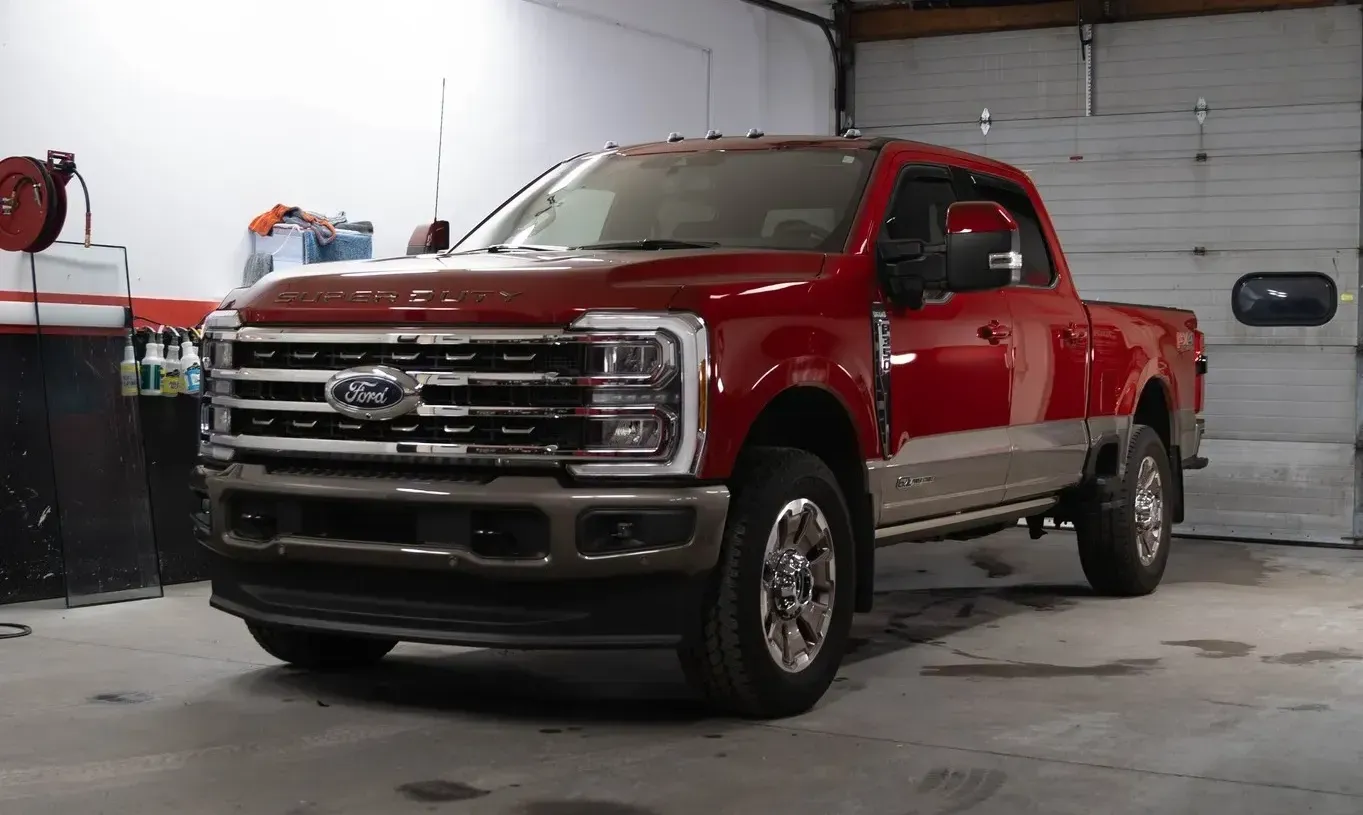
HOW DOES IT WORK?: THE SCIENCE BEHIND THE FILM
You might be wondering how a film can actually heal itself. Well, it all comes down to the clever materials it's made of. Self-healing paint protection films are made up of layers of polyester, adhesives, a clear coat, and polyurethane. These layers are bonded together through a process called microreplication, which means they're designed on a microscopic level to have certain properties.
The top layer of the film contains elastomeric polymers. Now, 'elastomeric' is just a fancy word that means it has elastic properties. So, when this layer is scratched or blemished, the molecular structure of the polymers is altered. But here's where it gets really cool: when heat is applied to the film, like from sunlight or a heat gun, those altered molecular structures regain their original form. This effectively 'heals' superficial scratches and blemishes.
THE ROLE OF HEAT IN SELF-HEALING
The key player in this whole healing process is heat. It acts as a catalyst for the polymer molecules to return to their original arrangement. When the film is exposed to heat, it triggers the internal realignment of the polymers, effectively erasing any minor scratches or blemishes that were previously visible on the surface.
This remarkable technology sets self-healing PPF apart from traditional paint protection methods. Instead of requiring frequent visits to an auto body shop for touch-ups or repairs, this innovative film allows owners to enjoy long-lasting protection and maintain their vehicle's appearance with minimal effort.
Understanding how this technology works not only showcases its remarkable capabilities but also gives insight into its practical applications for vehicle owners seeking durable paint protection.
A Balanced View of Self-Healing PPF
Self-healing paint protection film is undoubtedly a game-changer in the world of automotive care, offering exceptional protection against scratches, stone chips, and environmental damage. However, like any other product, it comes with its own set of drawbacks that should be carefully considered before making a decision.
One primary concern for some individuals considering self-healing PPF is the initial cost. Investing in high-quality paint protection film can be significantly more expensive than traditional waxing or ceramic coating. However, while the upfront expense may be higher, the long-term benefits and cost savings of avoiding extensive paint repairs cannot be overlooked.
Moreover, professional installation of
self-healing PPF is highly recommended. While some car owners may opt for DIY installation to save on costs, professional installation ensures that the film adheres seamlessly to the vehicle's surface without any bubbles or imperfections. It also guarantees that the film is cut precisely to fit the specific areas of the vehicle, providing comprehensive protection.
Furthermore, regular maintenance is crucial to ensure that the self-healing capabilities of the film continue to perform optimally over time. This includes washing the film regularly, promptly removing chemicals or bird droppings, and applying monthly waxing. While these maintenance tasks are essential for preserving the longevity and effectiveness of the film, they do require ongoing time and effort from car owners.
While self-healing paint protection film undoubtedly offers remarkable benefits in enhancing automotive durability, it's essential for consumers to weigh these potential downsides against the overall value and long-term advantages provided by this advanced protective solution.
To experience first-hand how self-healing paint protection film can elevate your vehicle's appearance and durability, consider
contacting us at
The Detail Doc
or calling us at (989) 244-0505 for expert guidance and professional installation services.


